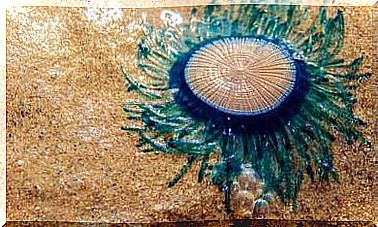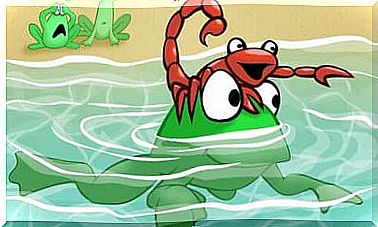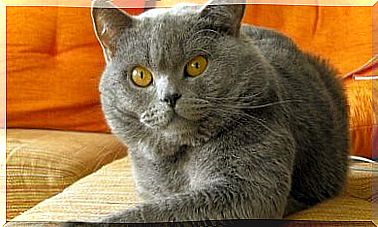Pollination Of Plants By Animals – An Ancient Symbiosis
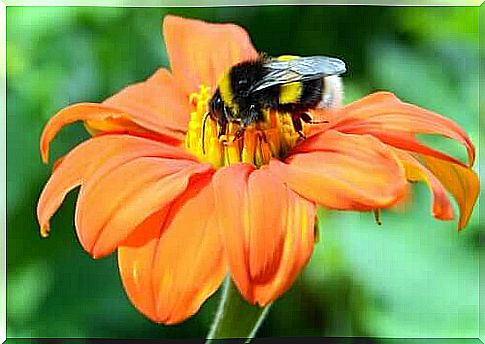
Spring is approaching with great strides and with it, unfortunately, the unpleasant allergy symptoms that plague many of us at this time of year also appear. This annoying reaction of the immune system is caused by the entry of pollen into the airways. Although pollen is rather uncomfortable for us, it is vital for many species that maintain the ecosystem through the age-old symbiosis of pollination.
Indeed, the process of pollination is essential to the functioning of the world as we know it. This is because plants are the basis of the food chain and the production of terrestrial oxygen. Without them, life would not be possible. If you want to know how this ancient symbiosis between pollinators and plants came about, just read on.
What is pollination?
First of all we would like to define the term:
There are several methods by which pollination can take place:
- Anemophilic plants use the wind to spread the pollen around the area.
- Hydrophiles are aquatic plants that use water as the main method of spreading.
- And then there are zoophilic plants that use an animal vector as a pollen transmitter. We will focus on this type of plant in the following article.
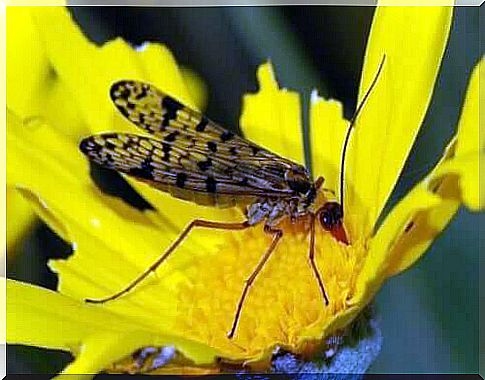
Pollination is an ancient symbiosis
The relationship between plants and pollinators is a clear example of coevolution. This is because both components have evolved to maximize the usefulness of the interaction. Okay, but how did this symbiosis come about?
Here is an explanation from several studies that have been summarized in this article:
- Fossil records show that plants were mostly anemophilic during their early stages of evolution on the planet.
- During the Triassic period, certain groups of insects changed from a hematophageous (nutrition through blood) to a phytophagic (nutrition through living parts of plants) diet; This was mainly because they were more readily available and therefore more easily accessible.
- This change was a severe blow to the plants as the pressure exerted on them by herbivores made them extremely difficult to survive and reproduce.
- In response to this pressure, the plants began to produce allelopathic compounds derived from secondary substances in order to repel or poison their predators.
- Despite their effectiveness, these compounds were energetically “expensive” for the plants, which reduced their chances of survival and reproduction.
It seemed like the plants were at a dead end … Would it be best to protect themselves by using their energy and thereby reducing their chances of survival? Or should they stop defending themselves in the hope that there would be no more attacks? In the end, natural selection had an answer – as always.
If you can’t defeat them, cooperate with them!
Plants took the most consistent evolutionary path over the centuries. You have found a way to connect with and benefit from their predators.
So they began to produce nectar, which has a threefold function:
- Due to its sugary nature and the fact that it arises from conspicuous structures such as flowers, it draws the attention of small living beings completely to the flower structures. As a result, these leave the leaves and stem alone. While you may not be aware of this, the leaves and stems are actually more important to a plant’s survival.
- In addition, the nectar is a healthier alternative food source for insects, as even smaller amounts are more nutritious than the leaves.
- Finally , it also helps the plant to reproduce, although this requires a higher expenditure of energy. The plant uses the “visit” of an insect to transport its own pollen to other plants. It does this by surrounding the nectar with pollen.
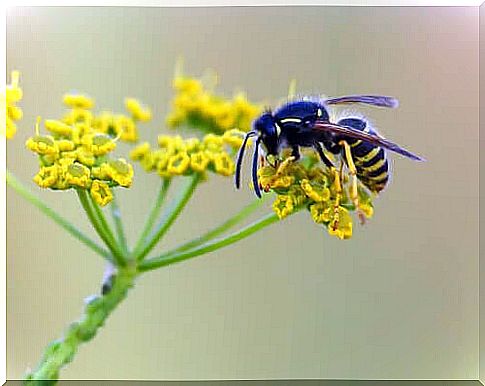
An age-old symbiosis that depends on cooperation
This evolutionary mechanism is very exciting. He shows that in some cases nature can establish symbiotic rather than predatory relationships.
Put simply, the plant makes the pollinating insects a better deal: “I’ll trade my leaves for something that tastes even better!”
In this way, both animals and plants have evolved together over time to maximize the usefulness of this interaction.

